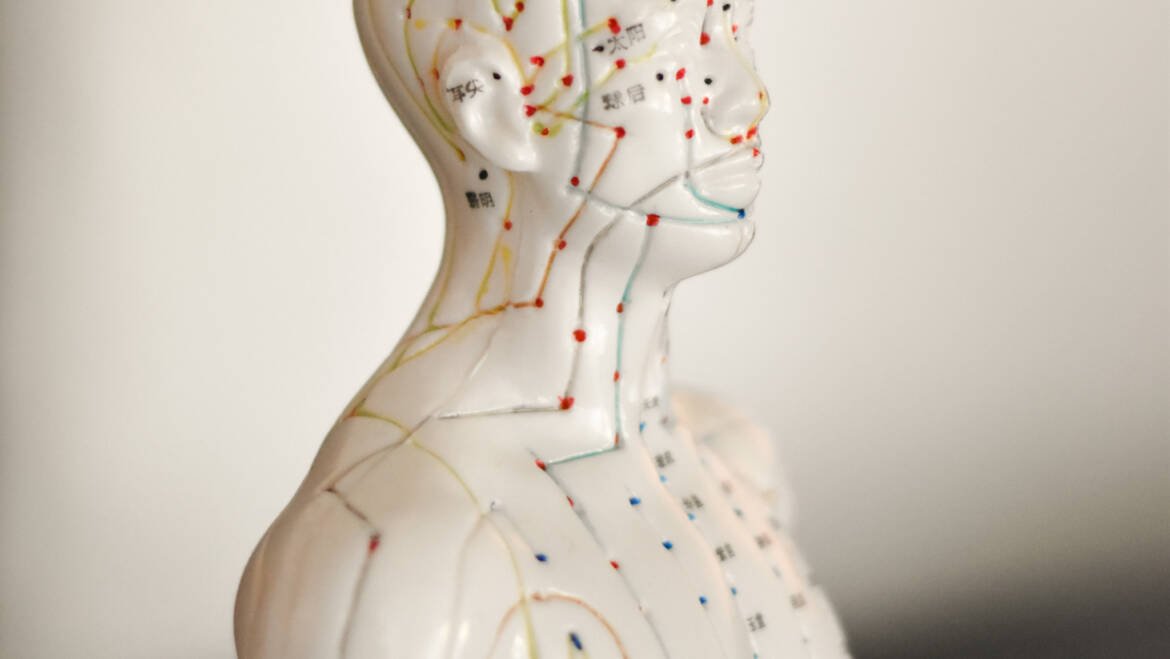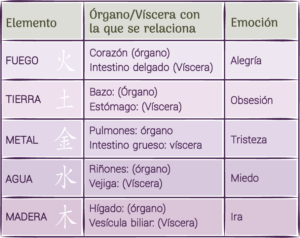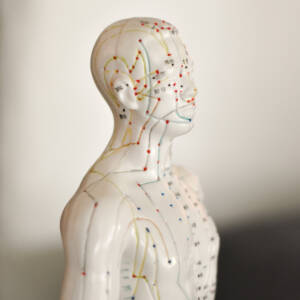«Meridianos en la Medicina Tradicional China: El flujo de energía vital para equilibrar tu salud y bienestar»
Traditional Chinese Medicine It is a holistic and ancient system that seeks to restore balance and harmony in the body through different techniques and fundamental principles.
In this article, we will delve into the concept of meridians, an essential part of Traditional Chinese Medicine, and their importance in the diagnosis and treatment of various conditions.
To better understand what meridians are, we share with you a metaphor that illustrates their function in the body.
Metaphor of the River and the Meridians
Imagine a crystalline river, large and mighty, that branches in different directions, creating an intricate network of tributaries. This river represents the 14 main meridians, also known as energy channels.
In this metaphor, the river water symbolizes the life energy called Qi.
Just like when it rains and the river rises, the flow of Qi in the meridians can also increase or decrease depending on various factors. These factors can be both external and internal and can affect the energy balance in the body.
Imagine now that, due to heavy rain, the sand along the river stirs and changes color, some rocks shift and small and large waterfalls form. This generates an increase in the force of the water and can lead to the river overflowing.
Additionally, the sand on the riverbank becomes wet, becoming slippery, which can cause damage to nearby trees due to excessive moisture. In some places, water stagnates, creating areas of stagnation.
In this metaphor, external factors, such as rain, represent environmental influences and external conditions that can affect the balance of the body. On the other hand, changes in water and rocks symbolize internal imbalances, such as blockages or alterations in the flow of Qi along the meridians.
Las patologías físicas y emocionales que surgen del desequilibrio de los meridianos se reflejan en la arena, los árboles dañados y el agua estancada. Para contrarrestar las consecuencias de este desequilibrio, es necesario «quitar las rocas», es decir, aplicar terapias de Medicina Oriental para restablecer el flujo armonioso de energía.
Para remover estas rocas y restablecer el flujo del agua, se requiere la intervención de varios «hombres» en la metáfora, que representan los diferentes puntos de energía ubicados a lo largo de los meridianos. Estos puntos de energía necesitan ser estimulados adecuadamente mediante diversas técnicas de la Medicina Oriental, como el cupping, la moxibustión, la terapia herbal, entre otras.
La duración del tratamiento y la efectividad de la terapia dependen de la cantidad y el tamaño de las «rocas» presentes en el flujo de energía. Al igual que llevaría más tiempo retirar grandes rocas de un río, el tratamiento puede requerir varias sesiones para restaurar completamente el flujo de Qi.
As the rocks are removed, the water begins to flow normally again. Likewise, when the flow of Qi is restored in the meridians, the health of the individual begins to balance. However, it is important to highlight that maintaining health is not limited only to treatment, but also involves changes in habits and lifestyle that promote general well-being.
What are the energy meridians?
In the human body, there are 14 basic or standardized meridians that connect with each of the main organs. These meridians are:
- Lung (yin)
- Large intestine (yang)
- Stomach (yang)
- Liver (yin)
- Heart (yin)
- Small intestine (yang)
- Bladder (yang)
- Kidney (yin)
- Pericardium (yin)
- Triple heater (yang)
- Gallbladder (yang)
- Spleen-Pancreas (yin)
- Du Mai (yang)
- Ren Mai (yin)
Each of these meridians is directly related to a specific organ and is also associated with a particular emotion.
Specific resonator points
El flujo de Qi en los meridianos no es uniforme, sino que existen puntos específicos a lo largo de cada meridiano donde la energía se manifiesta con mayor fuerza. Estos puntos se conocen como «puntos de acupuntura» y se han recopilado más de 365 puntos básicos.
How many points does each meridian have?
Lung Meridian: About 11 points.
Large Intestine Meridian: About 20 points.
Stomach Meridian: About 45 points.
Spleen/Pancreas Meridian: About 21 points.
Small Intestine Meridian: About 19 points.
Small Intestine Meridian: About 19 points.
Bladder Meridian: About 67 points.
Kidney Meridian: About 27 points.
Pericardium Meridian: About 9 points.
Triple Warmer Meridian: About 23 points.
Gallbladder Meridian: About 44 points.
Liver Meridian: About 14 points.
Dū mài Meridian: About 28 points.
Rén Mài Meridian: About 24 points
Diagnosis and treatment in the Meridians of the body
Accurate diagnosis of imbalances in the meridians and points of the body that need to be treated is made through a comprehensive evaluation by the Oriental Medicine physician.
Based on symptoms, patient history, pulse, and other factors from observation of meridians and resonator points, the physician determines the best therapeutic approach to restore balance and promote health.
It is important to note that in Oriental Medicine an imbalance in a specific organ is not always addressed through that same organ, but other meridians and complementary points can be used to strengthen the flow of Qi and restore balance in the body. the mind and the spiritual aspect
Imbalance in these meridians can manifest as physical and emotional pathologies. However, through different therapeutic techniques, harmony in the flow of energy can be addressed and restored.
Some of these techniques are:
Acupuncture: Thin needles are inserted into specific points on the body along the meridians to unblock and regulate the flow of energy.
Moxibustion: Heat generated by burning the Artemisia vulgaris (moxa) plant near the skin is used to stimulate energy flow.
Phytotherapy: Medicinal herbs are used to treat energy imbalances and strengthen the organs corresponding to the affected meridians.
Tuina: Pressure techniques are applied to points and meridians to promote proper flow of energy and relieve blockages.
Qi Gong and Tai Chi: These practices combine gentle movements, breathing and concentration to balance energy and strengthen the body.
Oriental Medicine considers other factors in energy imbalances, such as diet, rest, stress management and maintaining an emotional state, relationships, and lifestyle.
It is important to keep in mind that Eastern Medicine is based on a holistic approach, considering the whole person and seeking balance between body, mind and spirit.
Energy imbalances in the meridians are treated individually according to the needs and characteristics of each person, with the aim of restoring harmony and promoting overall health.
You can follow us on instagram




Add Comment